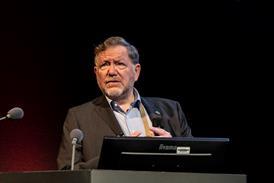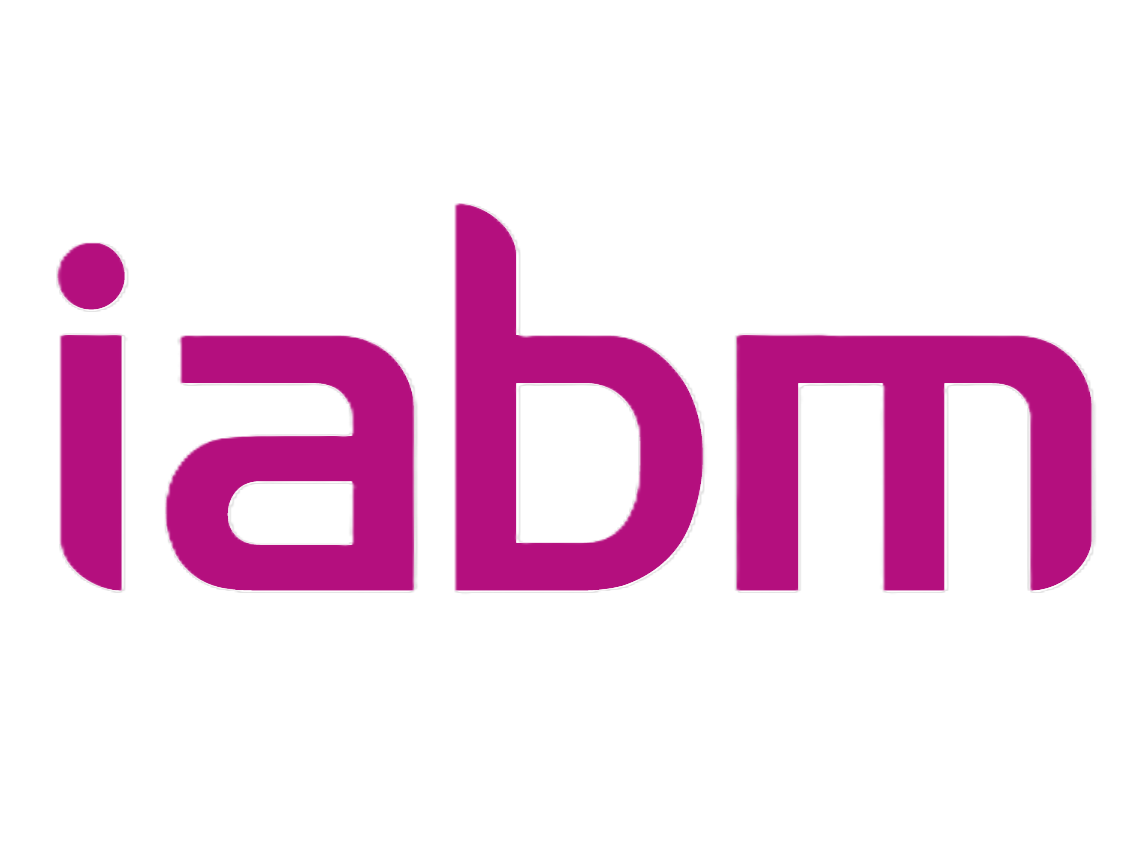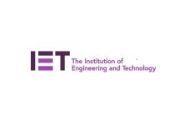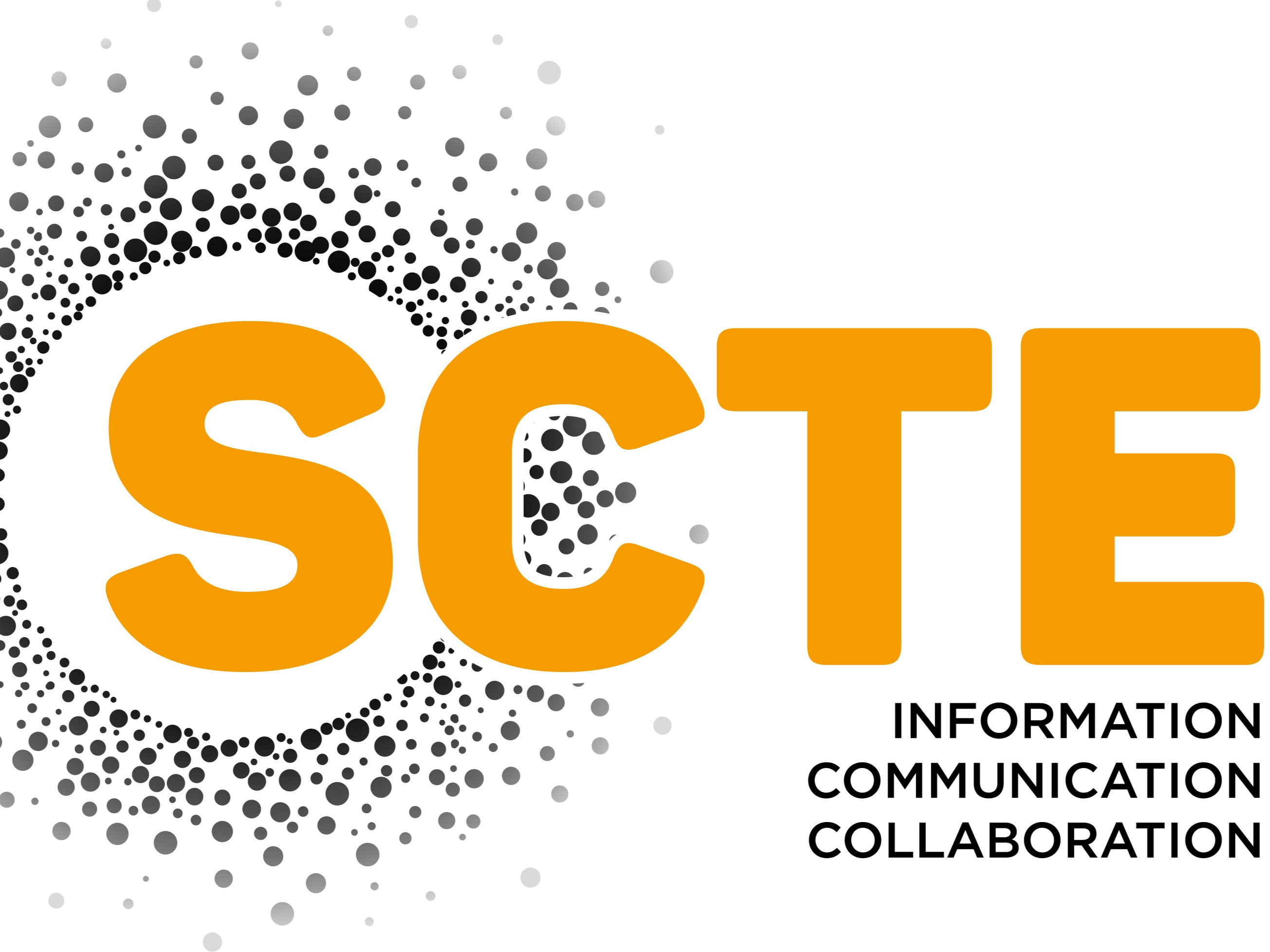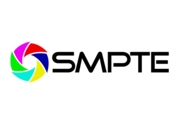All Technical Papers articles – Page 10
-
 Technical Papers
Technical PapersDetecting illegal credential sharing in video subscription
The video industry faces new types of piracy and threats that cannot be prevented by embedding secure hardware or software in consumer devices.
-
 Technical Papers
Technical PapersDescriptive metadata for live video contents
The consumption of video contents rises and consumers’ behaviour changes, video broadcasters must find new strategies to engage with their viewers.
-
 Technical Papers
Technical PapersSpecifying colour tolerances for HDR and WCG displays
ABSTRACT With a new high-dynamic-range (HDR) and wide-colour-gamut (WCG) standard defined in ITU-R BT.2100, display and projector manufacturers are racing to extend their visible colour gamut by brightening and widening colour primaries. The question is: how close is close enough? Having this answer is increasingly important for both consumer and ...
-
 Technical Papers
Technical PapersCloud-based IP video production tools
IP networks in video production environments opens up the application of achitectural patterns from enterprise IT to the domain of broadcast and media production.
-
 Technical Papers
Technical PapersCDN optimisation for VR streaming
Streaming audiovisual virtual reality content by brute force (streaming the entire 360° panorama) requires significant bandwidth and provides mediocre quality.
-
 Technical Papers
Technical PapersBuilding scalable and resilient OTT services at Sky
Sky have tackled some of the most challenging scalability problems in the OTT space head-on.
-
 Technical Papers
Technical PapersBuilding a media supply chain in the cloud: A case study
The rapid technical, social, and financial changes in the media industry are forcing all of us to re-examine our content supply chains.
-
 Technical Papers
Technical PapersScalable distribution system for IP broadcasting
IP-based networks, both wired and wireless are expected to deliver commoditisation of media objects to consumers.
-
 Technical Papers
Technical PapersUsing LTE Broadcast for a media optimised network
Providing the best viewing experience with superior quality, Telstra netwokr in Australia have LTE Broadcast, extending beyond the current unicast pull-based approach.
-
 Technical Papers
Technical PapersA brightness measure for HDR TV
The industry is taking its first steps in HDR production, as standards for a complete high dynamic range (HDR) television ecosystem near completion.
-
 Technical Papers
Technical PapersTone mapping influences the bit-rate and the bit depth
HDR will need a higher bit-rate because of its minimum quantisation and the fact that the images have much more details in the highlights and shadows.
-
 Technical Papers
Technical PapersBeyond HEVC: video coding standardisation
Though High Efficiency Video Coding (HEVC) is still in its take-up phase, it is foreseeable that even better compression will be needed in the future.
-
 Technical Papers
Technical PapersAutomatic sound source localisation for object-based audio recording
The ORPHEUS research project aims to invent new workflows for producing, broadcasting and playing back object-oriented audio content.
-
 Technical Papers
Technical PapersEnhanced next generation audio for live sports broadcast
Sports broadcasters benefit from a more adaptive scenebased audio capture and rendering, commonly referred to as Next Generation Audio (NGA).
-
 Technical Papers
Technical PapersORPHEUS audio project
Object-based media is a revolutionary approach for creating and deploying interactive, personalised, scalable and immersive content.
-
 Technical Papers
Technical PapersCharacterisation of processing artifacts in HDR
The new Ultra High Definition (UHD) TV standards define a container which allows content creators to offer the consumer a much more immersive visual experience.
-
 Technical Papers
Technical PapersAn end-to-end approach for delivering data-driven stories
With the sheer scale of digital information now available, many journalists have recently started using data in order to tell compelling stories.
-
 Technical Papers
Technical PapersBig data for journalism and enhanced business analytics
Big data has become mainstream with the recent evolution of cloud infrastructures, data gathering and intelligence algorithms.
-
 Technical Papers
Technical PapersAI in media and making security smarter
Artificial Intelligence technology develops in the media space, its application in security must focus on more than closing gaps and locking down assets.
-
 Technical Papers
Technical PapersReal-Time semantic enrichment of video streams in the age of big data
AgileRAI, a framework for searching, organising and accessing multimedia data in a fast and semantic-driven way.











